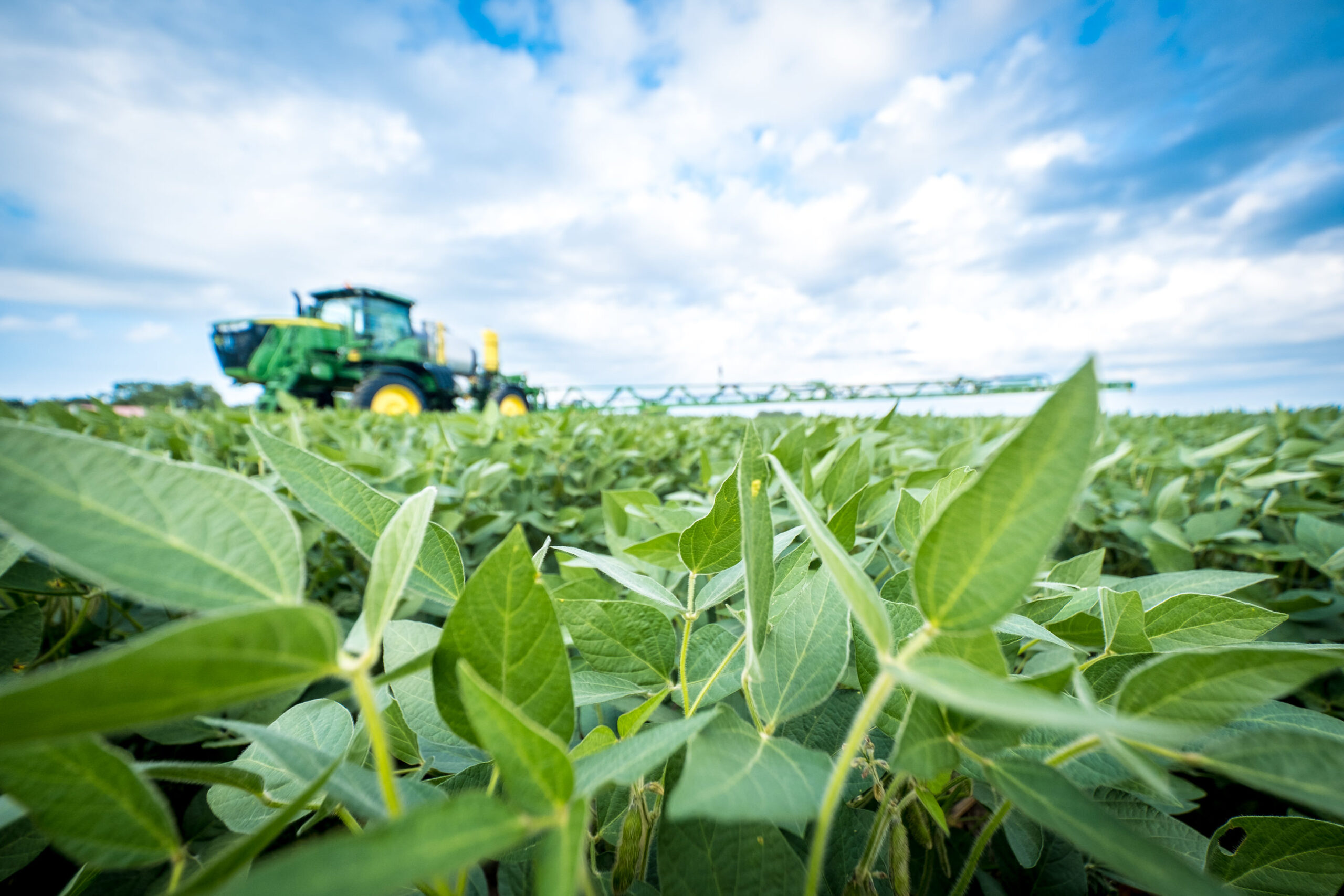
Source – Real Ag Stock
Last year, the Environmental Protection Agency (EPA) shared the draft Insecticide Strategy, a complex framework aimed at bringing the EPA into compliance with the Endangered Species Act (ESA) by protecting protected species from the potential impacts of insecticides. This policy change is driven by a court order for the EPA to quickly comply with its Endangered Species Act goals. For Illinois farmers, who depend on these chemicals to protect crops such as soybeans, corn and wheat from pests, this strategy has already begun to reshape pesticide policy and use across the state. We had anticipated the insecticide strategy would be finalized at the end of this month. However, the EPA requested, and the court agreed, to extend the deadline for a final insecticide strategy to April 30, 2025.
Many Illinois farmers have already heard myself or others talk about the Herbicide Strategy, which was finalized late last year. The EPA developed both the Herbicide and Insecticide Strategy at the same time, and we anticipate the frameworks will be similar. For farmers interested in getting prepared, I recommend watching this recent Field Advisor webinar featuring Dr. Aaron Hager to learn more.
Understanding the EPA’s Insecticide Strategy
The Insecticide Strategy is rooted in the EPA’s obligations under the ESA, which mandates that pesticide (i.e. insecticides) registrations do not jeopardize endangered species or their habitats. For Illinois, home to species like the Rusty Patched Bumble Bee, this could mean limits on certain products or application methods in specific areas, directly impacting how farmers protect their yields.
Why It Matters to Illinois Farmers
Illinois ranks among the top agricultural states, with its agribusiness sector driving economic stability. Insecticides are a cornerstone of crop protection, ensuring high productivity for commodities that feed both local and global markets. However, the EPA’s strategy introduces new considerations: farmers may need to adapt to safeguard both their livelihoods and the environment. This shift could influence operational costs, pest management efficacy, and compliance with federal regulations—key concerns for any agribusiness operation.
Impacts on Farming Practices
The strategy may push farmers toward alternative approaches, such as integrated pest management (IPM), which blends chemical, biological, and cultural tactics to minimize environmental harm. Other changes could include switching insecticides or adjusting application techniques to reduce drift and runoff. Luckily, the ISA Agronomy Team is heavily involved in helping farmers make that change. One great resource is the FieldAdvisor Integrated Pest Management Archive.
Preparing for Change
There is no need to panic. As with the Herbicide Strategy, the Insecticide Strategy is not “self-implementing.” Instead, it is a framework that the EPA will use moving forward as insecticide products are renewed or new products come on the market. That said, farmers should start learning about the framework now, so they can be prepared when the time comes.


 and then
and then